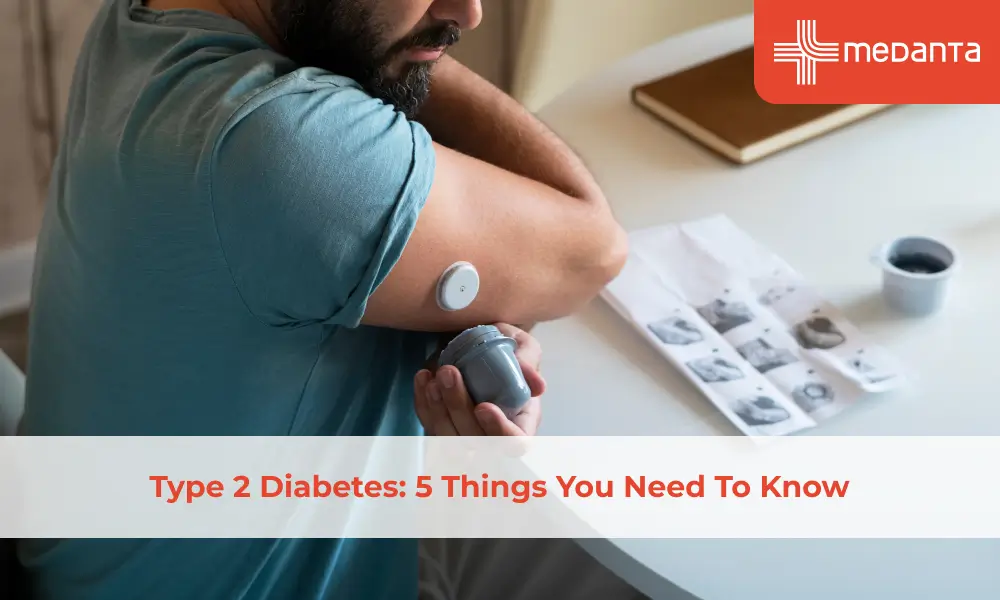Type 2 Diabetes: 5 Things You Need To Know

Diabetes is a progressive group of diseases (Type 1 and Type 2) that are caused due to the body's inability to process or respond to the hormone Insulin. Here are some things you need to know about its type-2 variant.
What Is Type 2 Diabetes?
Type 2 Diabetes is caused due to a condition called Insulin Resistance. This occurs when your body’s cells resist or are unable to produce enough amounts of insulin necessary to process sugar to maintain your required glucose levels.Symptoms of Type 2 Diabetes
The signs and symptoms of Type-2 diabetes can develop over the years. Look out for common signs like:Increased dehydration and frequent urination
Headaches, blurred vision due to elevated blood sugar
Intense hunger due to a breakdown in sugar processing
Weight loss
Extreme tiredness due to sugar deprivation
Warning Signs of Type-2 Diabetes
Type-2 Diabetes has advanced symptoms that can significantly affect your quality of life. Look out for signs like,Slow-healing sores and cuts
Itching skin and recurrent yeast and urinary tract infections
Type 2 diabetes can hamper your healing ability leaving you vulnerable to infections
Skin pigmentation caused by Insulin resistance
Controllable Risk Factors of Type 2 Diabetes
Type 2 Diabetes can also be caused due to lifestyle factors like:Smoking
Being overweight
A sedentary lifestyle coupled with lack of exercise
Consumption of red and processed meat, dairy products and sweets that are high in fats
High levels of triglycerides
Low levels of HDL (“good”) cholesterol
Uncontrollable Risk Factors of Type 2 Diabetes
You can also get Type- 2 diabetes due to uncontrollable factors like,Age - People above the age of 45 have a high risk of getting diabetes
Hereditary factors - A history of diabetes in your family can significantly raise your diabetes risk profile
Reproductive issues like PCOS (polycystic ovary syndrome) and gestational diabetes
Medical History: Prior incidents of heart disease or stroke
Your Lifestyle Can Make a Difference in the Fight Against Diabetes!
You can improve your body’s ability to process insulin and sugar by engaging in regular exercise and following a controlled diet. Try to get at least 30 minutes of strength training and cardio every day and follow a low carbohydrate diet for optimum results.






